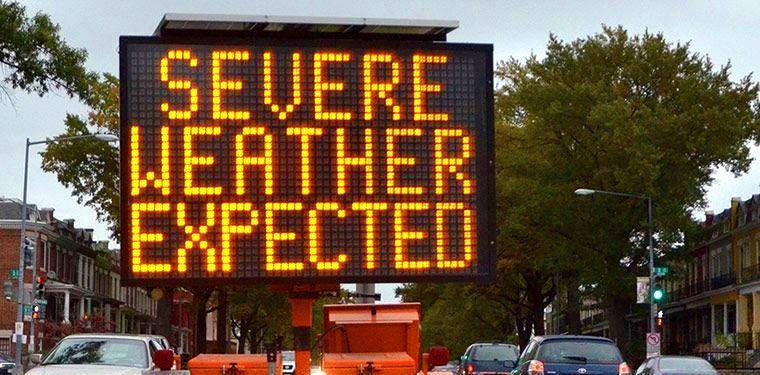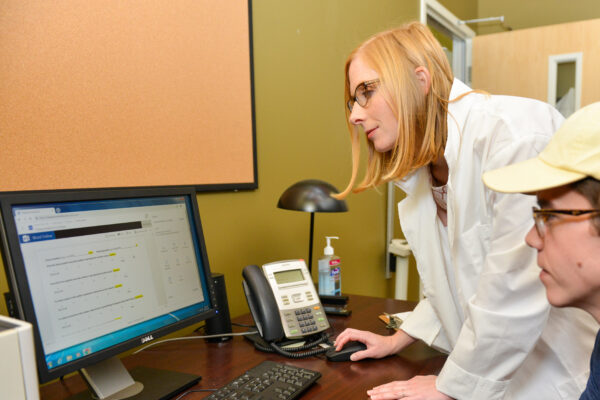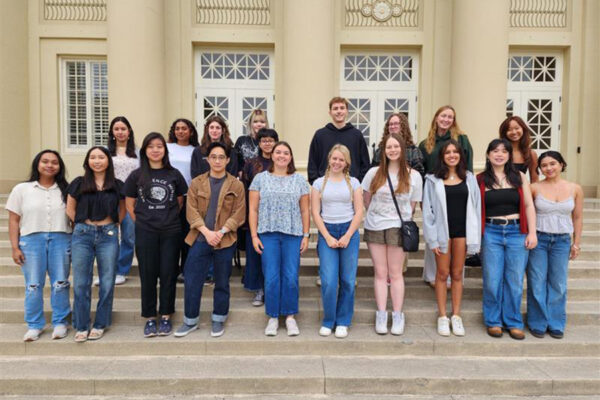Top climate scientists from around the world will convene at Chapman University on Dec. 8-11 to discuss extreme natural hazards and ways to work with authorities to create better warning systems to mitigate death and destruction. The conference is part of the Commission on Geophysical Risk and Sustainability (GeoRisk Commission) of the International Union of Geodesy and Geophysics (IUGG).
“There is a growing interest and relevance in the interaction between science and society reflected in the economic, social and public-policy aspects of hazards,” said Ramesh Singh, Ph.D., professor at Chapman’s School of Earth and Environmental Sciences, and also the organizer for the conference. “In recent years, North America and adjoining regions have witnessed numerous extreme natural hazards, such as hurricanes, floods, forest fires, droughts, tornados, volcanoes and the region is also vulnerable for tsunamis and earthquakes.”
According to the IUGG GeoRisk Commission: In the first 11 years of the 21st century, the total number of human lives lost in earthquakes and resultant tsunamis exceeds the number of human lives lost due to earthquakes and tsunamis in the entire 20th century. Extreme natural events can change the life and economy of developing nations within minutes and throw them back for decades.
“The earth’s system is a complex global domain; it is imperative to understand hazards on a local-regional scale and to establish linkages with global phenomena,” said Chapman Chancellor Daniele Struppa, Ph.D. “Natural disasters are difficult to predict; by understanding the scope of their impact, we can prepare for them in order to mitigate their damaging effects.”
While the conference is open only to participating scientists, a panel discussion on Monday, Dec. 10, is open to the public. The panel, titled “Disaster Risks: Communication between Science and Society,” will take place from 1:30 p.m. to 3:30 p.m. at Chapman’s Sandhu Conference Center. It will feature:
- Salvano Briceno (Chair, Scientific Program, IRDR)
- Susan Hough (USGS)
- Kuni Takeuch (Chair, IUGG GeoRisk)
- Gezahegn Yirgu (University of Addis Ababa)
- Moderator Alik Ismail-Zadeh (Secretary General, IUGG)
The discussion will include studies of geophysical hazards, including droughts, earthquakes, fires, floods, heat waves, landslides, space weather, storms, tsunamis, volcano eruptions, impact by near-Earth objects, and related events. This group will discuss studying predictability of natural extreme events, their operational forecasting, and reducing predictive uncertainties; and implementation of effective strategies and designs for hazard mitigation and disaster management worldwide. Additionally, the L’Aquila, Italy earthquake of April 6, 2009, and the responsibility of the scientists and the government will be among the important issues deliberated.
GeoRisk was established by the IUGG Bureau in August 2000 to study the interaction between hazards, their likelihood and their wider social consequences as a result of the vulnerability of societies.
More information about the conference is at: http://www1.chapman.edu/~rsingh/GeoRisk2012/





Add comment